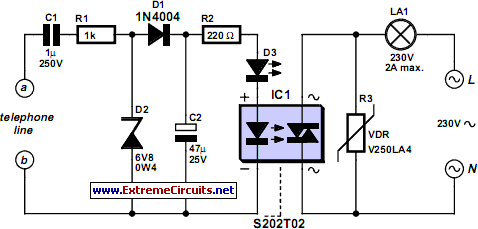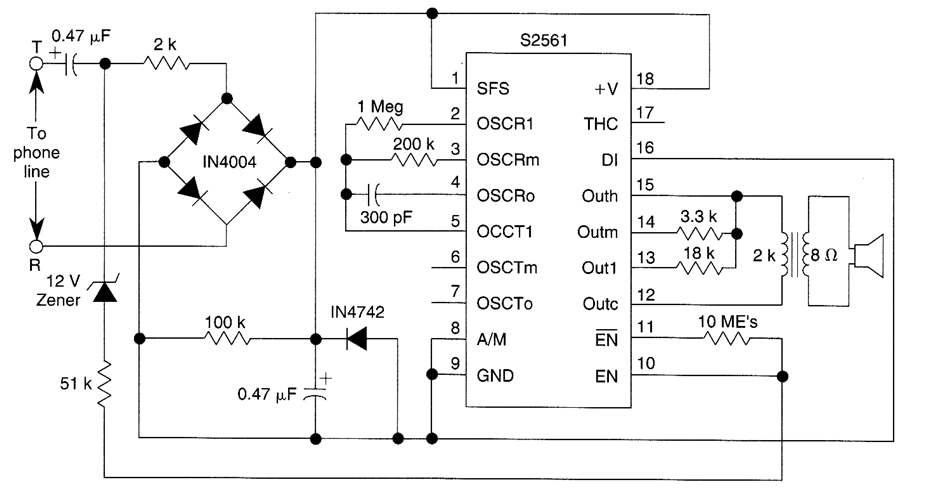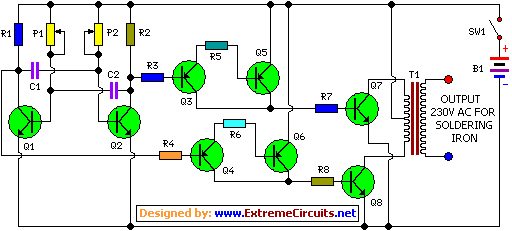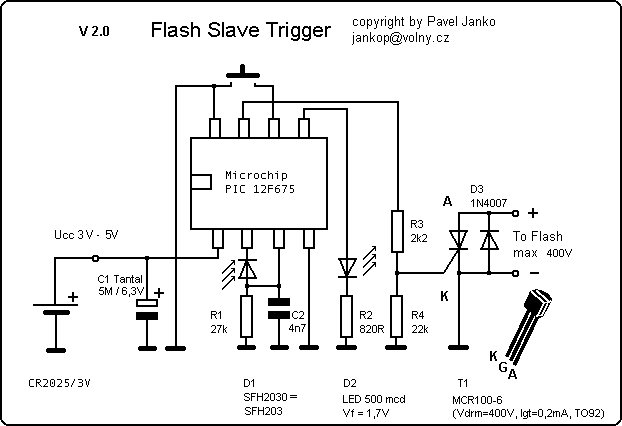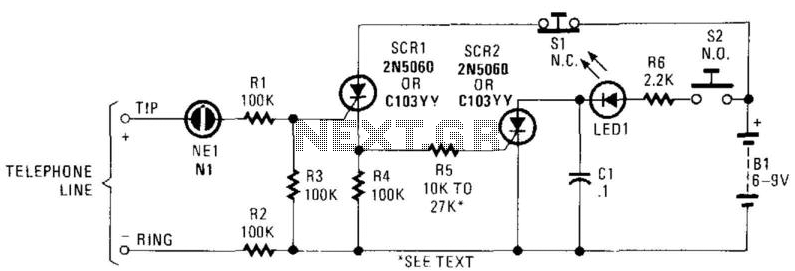
studio ring flash xenon tubes

MOC3020M Integrated Circuit. An LED indicator is desired to signal when each capacitor is charged, but the implementation details are unclear. There is an abundance of 5V LEDs available, which could be utilized. Although Circuit Maker is available for design purposes, there is a lack of SPICE models for a xenon component, making virtual testing impossible. Therefore, a live test is necessary, and precautions are needed to avoid damage.
The MOC3020M is an optoisolator designed for interfacing low-voltage control circuits with high-voltage loads, making it suitable for applications where electrical isolation is required. To implement an LED indicator for capacitor charging, a simple circuit can be designed using the MOC3020M along with the 5V LEDs.
The circuit will consist of the following components:
1. **Capacitor**: This is the component whose charging status will be monitored. Select capacitors based on the required capacitance and voltage ratings for the application.
2. **MOC3020M**: This optoisolator will be employed to provide electrical isolation. The input side will be connected to the capacitor, while the output side will drive the LED.
3. **LED**: A 5V LED will be used as an indicator. It should be connected in series with a current-limiting resistor to prevent excessive current from damaging the LED.
4. **Resistor**: A resistor will be placed in series with the LED to limit the current flowing through it. The value of this resistor can be calculated using Ohm’s law, considering the LED's forward voltage and the supply voltage.
5. **Power Supply**: A 5V power supply will be used to power the LED and the MOC3020M.
The circuit operation will be as follows: When the capacitor is charging, the voltage across it will rise. Once it reaches a certain threshold, the MOC3020M will activate, allowing current to flow through the LED, thus illuminating it. This visual feedback will indicate that the capacitor is charged.
To ensure proper functionality, it is crucial to select the correct threshold voltage for the MOC3020M and to verify that the LED is rated for the intended current. Additionally, testing the circuit with a multimeter before connecting the LED can help prevent any potential damage during the live test.
This setup provides a straightforward method to visually indicate the charging status of capacitors while leveraging the existing components effectively.MOC3020M Integrated Circuit. I would love a LED to tell me when each cap is charged but I have no idea how to do that or where to put in the circuit, I have a bucket load of 5v LEDs so making use of some would be great. I have Circuit maker but dont have a spice for a xenon and cant find one anywhere so cant virtually test this circuit so its going to be a live test so I dont want to cook it.
🔗 External reference
The MOC3020M is an optoisolator designed for interfacing low-voltage control circuits with high-voltage loads, making it suitable for applications where electrical isolation is required. To implement an LED indicator for capacitor charging, a simple circuit can be designed using the MOC3020M along with the 5V LEDs.
The circuit will consist of the following components:
1. **Capacitor**: This is the component whose charging status will be monitored. Select capacitors based on the required capacitance and voltage ratings for the application.
2. **MOC3020M**: This optoisolator will be employed to provide electrical isolation. The input side will be connected to the capacitor, while the output side will drive the LED.
3. **LED**: A 5V LED will be used as an indicator. It should be connected in series with a current-limiting resistor to prevent excessive current from damaging the LED.
4. **Resistor**: A resistor will be placed in series with the LED to limit the current flowing through it. The value of this resistor can be calculated using Ohm’s law, considering the LED's forward voltage and the supply voltage.
5. **Power Supply**: A 5V power supply will be used to power the LED and the MOC3020M.
The circuit operation will be as follows: When the capacitor is charging, the voltage across it will rise. Once it reaches a certain threshold, the MOC3020M will activate, allowing current to flow through the LED, thus illuminating it. This visual feedback will indicate that the capacitor is charged.
To ensure proper functionality, it is crucial to select the correct threshold voltage for the MOC3020M and to verify that the LED is rated for the intended current. Additionally, testing the circuit with a multimeter before connecting the LED can help prevent any potential damage during the live test.
This setup provides a straightforward method to visually indicate the charging status of capacitors while leveraging the existing components effectively.MOC3020M Integrated Circuit. I would love a LED to tell me when each cap is charged but I have no idea how to do that or where to put in the circuit, I have a bucket load of 5v LEDs so making use of some would be great. I have Circuit maker but dont have a spice for a xenon and cant find one anywhere so cant virtually test this circuit so its going to be a live test so I dont want to cook it.
🔗 External reference
